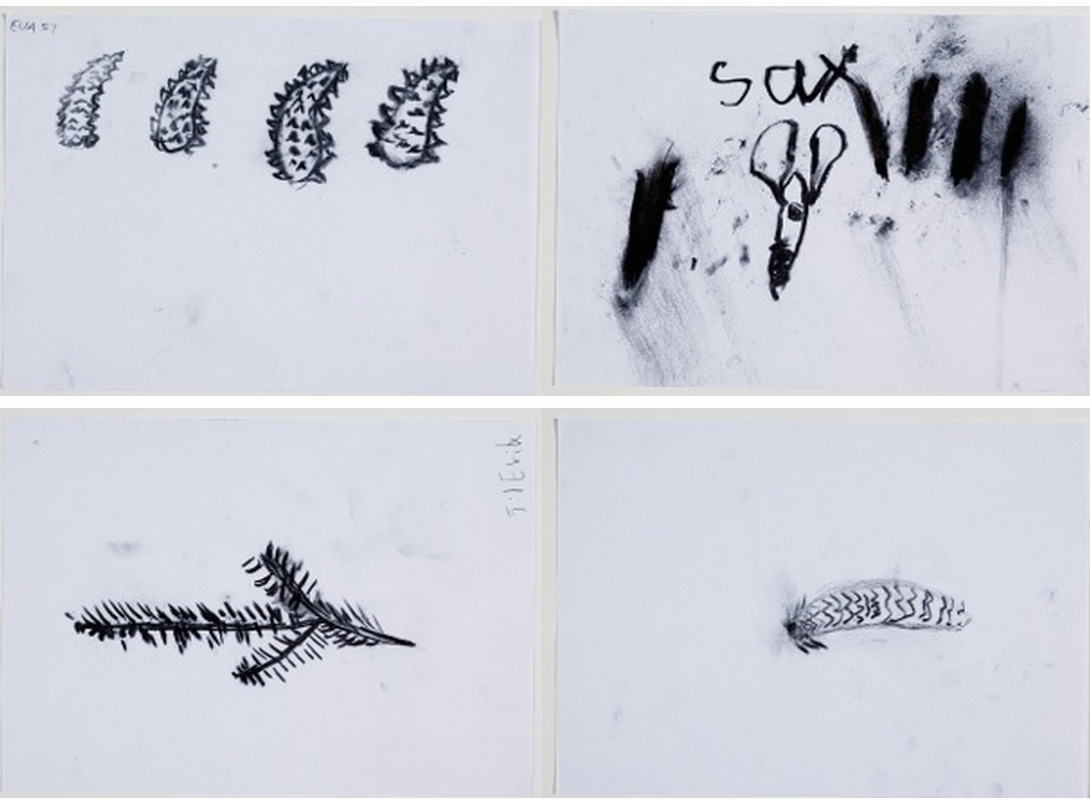
Fragments from a log book and the mobile institute tour. Katrineholm class, Spring 2015. © Raketa.
This is an open invitation to attend a two-day program of cultural activities and discussions around soil and urban memories. Artists, urban gardeners, residents and researchers will meet to experience, discuss as well as taste a specific moment in history.
Participants are among others: Alessandro Carboni, Anna Maria Orrú, Elin Wikström, Gunnel Petterson, Jacek Smolicki, JAC studios, Maria Hellström Reimer, Mitt Odla, Parvin Ardalan, Staffan Schmidt, Sunshine Socialist Cinema with Hans Carlsson, Raketa, Rude Food, and Temi Odumosu.
Location: The Leonard garden terrace (Mitt Odla/Stena Fastigheter), Bangatan 9, Möllevången in Malmö, Sweden, map
Date: June 4–5, 2015
REGISTRATION (Last day to register is May 31. Extended to June 3.)
What memories sleep in the soil of the city? Who created them? And how are they shared and transmitted, between people and across the intricate layers of space and time? Taking Malmö as its inspiration, the program From Soil to Structure seeks to uncover hidden cultural archives that go unnoticed amidst the ebb and flow of daily activity. Through artistic interventions, workshops and public performances, the city’s gardens, soil and concrete will be reframed as an alternative source of open data – where new and diverse stories can be expressed and recorded.
Welcome to a two day long international program presenting thoughts and ideas on the relationships between urban memories, soil, urban gardening actions, people and the city. Our cultural heritage today, and pathway into the future of our green cities.
The program takes place at the Leonard garden terrace in central Malmö, in partnership with Mitt Odla/Stena Fastigheter and the residents. Local and international artists, researchers, gardeners, and cultural practitioners gather and pose questions, present their work and interests, and offers workshops and foraged meals. See participants bios and descriptions of their interventions below.
A few of the questions we might ask are:
- How do we access archival data encoded in seeds and soil?
- When is the optimal moment to sprout a memory?
- How are gardeners’ emotions shared across generations in a single cultivated space?
- How do we taste a specific moment in history?
Conceptually, the urban garden culminates as a shared performance of memory, whilst providing the potential to transmit knowledge forwards into the future. From the micro to the macro, individual to the societal, local to the global, the soils materiality also offers a tactile and sensory starting point for traversing notions of being, belonging and home.
Workshop: Soil Memories is an act of collective storytelling. Soil contains particles and information about who we are and our path of life. Attending the program we ask each of you to bring a scoop of soil, and tell us the story of this materia and its meaning of place and time in your life.
From Soil to Structure is the second in a series of curated interventions by the Living Archives project during 2015, all responding to the theme of Performing Memory. Specifically, this event embeds questions and practices from the project’s Urban Archiving research strand, which has been probing the synergetic relationship between archiving and urban gardening, through processes of collecting, storing, planting and transmitting biological and embodied knowledge.
Program
THURSDAY, June 4
15.00–22.00
15.00–17.00 Closed workshop, residents and gardeners of the Leonard garden terrace
Block 1: Archives
19.00–
♦ Welcome and presentation, collaboration MittOdla, Urban Archiving
♦ Rude Food / Sweden´s first food waste catering service and restaurant
♦ JAC studios / OAK A2263
♦ Temi Odumosu / Who’s Beautiful Garden? Archival whispers from the Black Atlantic
21.00 Sunshine Socialist Cinema with Hans Carlsson
FRIDAY, June 5
10.00–17.00
Block 2: Soil
10.00 Gunnel Petterson / Field kitchen /Breakfast
10.30 Memory in Malmö / r a k e t a
Soil Memories / Collective soil and storytelling
11.00 Elin Wikström / PARKOUR +++++
12.00 LUNCH
Block 3: Structure
13.00 Alessandro Carboni / Being in here, in what in will not longer be.
14.00 Anna Maria Orrú / Instant cartography ‘can you show me the way to Leonard Terrace?’
15.00 Parvin Ardalan
16.00 Concluding comments on From Soil to Structure, gestures and provocations: Participants with Maria Hellström Reimer, Staffan Schmidt among others
Ongoing r a k e t a Memory in Malmö
Jacek Smolicki Slussen, sound installation
For more information, and/or questions contact Veronica Wiman.
From Soil to Structure is part of the Nordic Open Data Week, supported by Vinnova. The event is part of the research project Living Archives, funded by the Swedish Research Council.
Participants bios and descriptions of their interventions
TEMI ODUMOSU
Whose Beautiful Garden?: Archival whispers from the Black Atlantic
Mixed media presentation.
BIO
Dr. Temi Odumosu is an art historian, writer and creative educator with a passion for bringing to light hidden histories that have the power to transform perceptions of cultural identity and citizenship. Her international research and curatorial practice is concerned with the politics of recognition, Black aesthetics, and the psychosocial consequences of distorted representations. Working in the spaces between archives, collective memory and the creative imagination, she also uses technology as a tool for activating and bringing to life history and culture in the present. Temi is currently experimenting with augmented reality (AR) as a tool for public engagement with Black representation and colonial histories, through her research for the Living Archives project at Malmö University .
ANNA MARIA ORRU
Instant cartography
‘can you show me the way to Leonard Terrace?’
How do we memorize direction to somewhere? Somewhere like a garden growing food on a roof terrace in the city – Leonard Terrace. Where it should not be, or really always should have been.
When we understand where something is, how do we draw a map to it?
Our task is very simple:
Find a transient guide, ask for directions to the garden, and ask them to draw the way. Take notes of their words. They are maps too. Similar to eating, ‘showing the way’ is a basic human condition, we enjoy making lost strangers find their way again.
We will collect an archive of memory maps – maps with symbols, sketches, conversations, arrows. We will become instant cartographers! who knows, perhaps our guides will decide to come along… to discover… to see… the garden on the terrace.
BIO
The foundation of Anna Maria Orru’s work is embedded in biomimicry, natural system design, food and in curating research, providing an innovative approach in the field of sustainable design, art, urbanism and architecture. She behaves as a connective tissue, working in the interstitial spaces between disciplines by bringing a variety of diverse disciplines and talents to the table to creatively tackle issues around climate change. Her projects, and ongoing phd research at Chalmers, cover the distinct topics of food, architecture, bodily engagement, senses and urbanism, explored through the study of organoleptic qualities in urban foodscapes as a way to explore food systems on both the macro and micro levels. She has been a lecturer and teacher at a number of Swedish Institutes since 2010.
Learn more: www.annamariaorru.com
ALESSANDRO CARBONI
Being in here, in what in will not longer be.
Being in here, in what in will not longer be is an urban mapping performance based on the application of Em:toolkit – urban mapping tool for performance practice. The toolkit aims to encourage a greater awareness to observe and interpret ‘events’ that occur and happen in real-time in the urban space. The toolkit enables the performer to reveal those ‘events’ that already exist in urban space, but that we are not fully aware of because they are at the periphery of our attention. The toolkit, suggests that they are just waiting to be discovered and therefore the work of the mapping process, is to reveal them and activate what would otherwise be latent.
BIO
Alessandro Carboni is an interdisciplinary artist who’s projects explore the relationships between body and space. His projects have been displays, performed and situated in many countries across the world. At the moment he’s a PhD candidate at the School of Creative Media, City University, Hong Kong. Based in Hong Kong and Sardinia, he is currently working as an independent artist. http://progressivearchive.com/
SUNSHINE SOCIALIST CINEMA
The Sunshine Socialist Cinema presents a program of films chosen by artist Hans Carlsson. The films are produced by Höganäsbolaget and belong to the archive that is administrated by the Stawfordska Association in Höganäs. The films selected by Hans Carlsson can be perceived as layers, not so different from the archives created in the ground – in soil and the charcoal. Sediments in the soil display an overview of time and how the activities at the Höganäs company have developed over decades. Fossils of plants are compressed in layers of charcoal while mineworkers mark their names in the walls of a mine that soon will be flooded by the groundwater. Mud is used for firing bricks; and bricks explode to dust when a chimney is torn down.
Hans Carlsson will introduce the films and their connections to different times and locations.
Film titles:
Stenkolens utvinning (1934)
Där stenen mjuknat (1946)
Operation is (1959)
Schakt Gustaf Adolf i Höganäs efter att det stängts (ca 1961)
Höganäs Eldfast (1986)
Skorstensfällning ångcentralen (årtal okänt)
BIO
The Sunshine Socialist Cinema is an outdoor cinema powered by solarpanels, run by artists Kalle Brolin and Kristina Müntzing. We’re re-distributing surplus light from day to night by solarpanel and projector, and screen films that generate discussion on radical leftwing topics. Our themes include post-industrial survival, political filmmaking, artists joining political collectives, and more. Our activities include public screenings, study group discussions, field trips, and presentations hosted by other institutions.
PARVIN ARDALAN
BIO
Parvin Ardalan is originally a journalist from Iran and human rights activist that was awarded the Olof Palme prize in 2007 for her work of genrer equality in Iran. During the 1990s Ardalan initiated together with Markaz-e Farhangi-ye Zanan (Women´s Cultural Centre), which has since then been a center for advocacy, analyses and documentation on women issues in Iran. Ardalan also initiated the campaign that collected one miljon signatures for women rights in Iran. In 2010-2012 Ardalan was the first freedom of speech author in Malmö. She has continued to work and reside in Malmö, among other through her work ‘100 year of immigrant women life och work in Malmö’, which is a collaboration between the organisation Feminist – Dialog and Malmö Municipality culture division. In coincidence with Nordic Forum 2014 the project resulted in the exhibition ‘Women Making History’ at Malmö Museum. The project continues to deepen the knowledge and awareness about immigrant women history within the realm of Malmö City Archives.
ELIN WIKSTRÖM
Elin Wikström (Sweden), works with interventions and participatory driven projects. The aim of her art practice is to question norms, values and logics for how we speak, think and act on an individual level as well as in society at large and to generate reflections on current social, political and cultural issues. In her ongoing cross-generational project PARKOUR ++++ the meaning and usage of public space are challenged in new ways. Residents are encouraged to discover and understand the philosophy behind parkour, explore known and unknown environments physically and socially and get to know each other and their city better. With the project Wikström wants to create opportunities for dialogue related to various issues of public: Who decides the design of outdoor environments? Which bodies and encounters between body and space are they built for? Learn more: https://vimeo.com/41425340.
JAC studios
OAK a2263
Imagine how long it takes for an oak to grow big. Imagine a city growing up out of that oak, imagine how this city would be visualized if it was drawn today. Imagine how many thoughts that have cradled this oak over the span of 250 years. Imagine how one in 50, or 150 years would draw the same city.
It is the task of a dreamer to imagine what life in two and a half centuries from now will look like. Fortunetelling includes the risk of making mistakes, it may result in acts of propositions that might be misread and seen upon as pure stupidity, but dreaming about the future is possibly also the only way to innovation. When dreams are shared between individuals and communicated in a greater context they release themselves from the individuals and might become a collective movement. OAK a2263 is about taking responsibility for future generations, by creating and designing for a life in the year 2263. It is the creation of visions that revolves around an oak, planted in 2013, and realized over the next 250 years.
At the The Leonard garden terrace , JAC studios has arranged for a meetingplace where an oak will be planted along with a talk on the project.
The project is developed by: JAC studios / Johan Carlsson and Georg Jagunov
BIO
JAC studios is an architecture and design practice embracing the sphere between architecture and art. Through the three studios, Practice, Residency and Salon, we explore both the practical and the theoretical, aiming for results that are innovative, of high quality and socially useful. The philosophy is that projects are to be seen in a contextual setting, regardless of scale. Projects are to address the social, spatial and sustainable issues and are developed physically and conceptually in a parallel run. The projects performed covers the scales of architecture, urban and exhibitions.
www.jacstudios.dk www.oaka2263.com
GUNNEL PETTERSSON
BIO
Gunnel Pettersson is a visual artist and senior lecturer at the School of arts and Communication (K3) at Malmö University. Her areas of interests are social criticism, processes, patterning, and the initiation of actions and proceedings. She will present the Fältköket/The Field Kitchen (part of Odlingen/Bovete på Österlen) an interdisciplinary project using buckwheat as a source of inspiration. The project Buckwheat Österlen has initiated cultivation of buckwheat in the southeastern part of Sweden. By taking up cultivation of a forgotten culture plant, areas as new livelihoods, innovation, exchange of knowledge and democratic aspects of the rural-urban public space has been problematized.
www.filmform.com
www.odlingen.org
www.fiberartsweden.nu/content/gunnel-pettersson
JACEK SMOLICKI
SlussenProject is an extensive audio database of stories, memories and field recordings characterizing the Slussen area in Stockholm and in particular its unknown and invisible dimensions. The realization of the project has been maintained since winter 2012/spring 2013 when the process of demolishing was planned to begin.The collection of sounds is manifested through a multitude of means such as interviews, field recording and on-site interventions. The final outcome – a methodologically developed sound archive – will be eventually brought back into the new layout in an unobtrusive manner such as in-situ placement of QR (quick response) codes, mobile and locative technology. Thus, the passers-by within the new architectural arrangement will be given an opportunity to confront the long-gone spirit of its predecessor.
Within Soil to Structure event, Slussen is moving to Malmö, and specifically, the roof of MittMöllan. The sonic experience is offered in a form of a geo-locative sound walk connecting 8 key, sonically rich locations in Slussen. Download the izi.travel application and the Slussen Project tour (the app – https://izi.travel/en/app, and the project – https://cms.izi.travel/2560/tours/80761, up and runnig from the 2nd of June) Take a good pair of headphones with you and embark on an journey into the ephemeral strata of Slussen.
More info about the project on www.smolicki.com.
BIO
Jacek Smolicki is an artist and designer currently undertaking PhD studies at the School of Arts and Communication at Malmö University. In his research Smolicki explores recording practices conducted by individuals who deploy diverse recording technologies to construct personal and site-specific archives. His interest encompasses practices of sousveillance, lifelogging and field recording studied in the context of the changing nature of the archive. Since 2009 Smolicki himself has been conducting a number of self-tracking practices utilizing variety of available recording media technologies (www.on-going.net).
r a k e t a
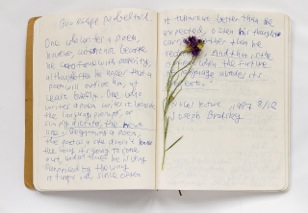
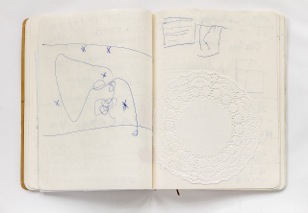
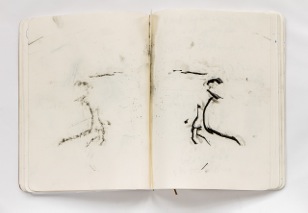
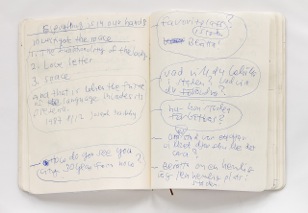
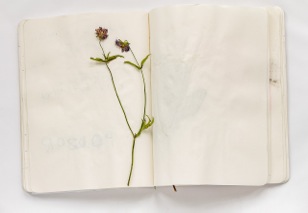
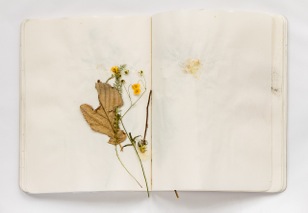
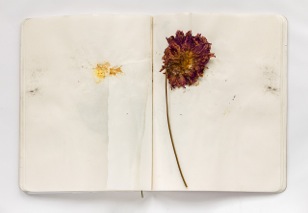
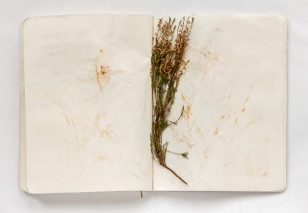
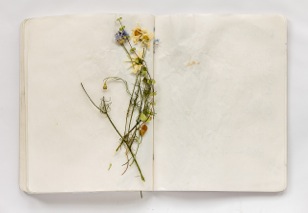
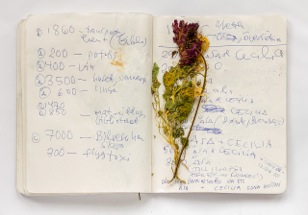
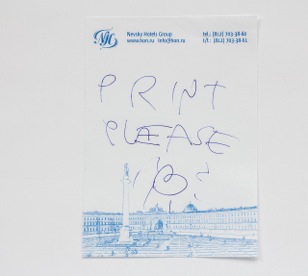

Photos: © r a k e t a. Fragments from a logbook and the mobile institute tour. Arkhangelsk oblast. September 2014.
How can artistic processes and methods initiate, create and lead to substantial change, not ornamental or instrumental, but based on their own artistic terms as a way of thinking, understanding and explaining the world anew? Art as a language is able to articulate new answers to the challenges of the future, outside and beyond the obvious answers, limits and closed circuits: knowledge production on artistic terms. What other forms of meaning are produced in, with and by artistic practice? Which in turn opens a revolving cycle of thought: How do we learn to see, think and make? How do we know to know?
Do you speak art?
Do you read nature?
Do you see poems?
We cannot rebuild a museum, an archive or a library, but we can create one.



